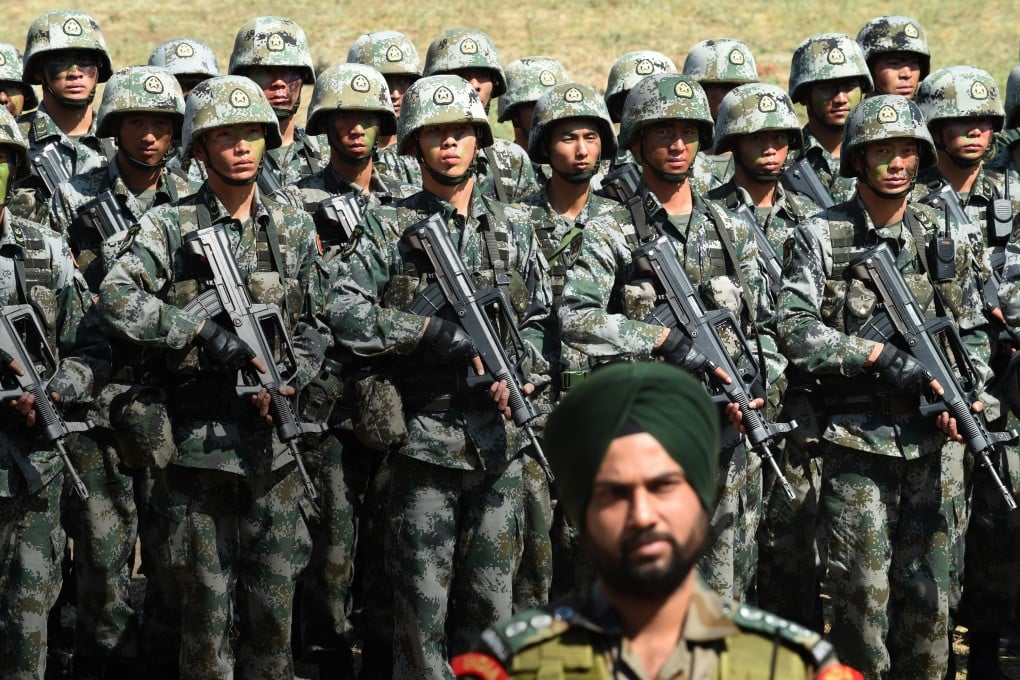Advertisement
Opinion | China, India, Pakistan: who’s really pulling the strings in Jammu and Kashmir?
- The threat of a nuclear conflict between Islamabad and New Delhi might have made global headlines, but Beijing is right at the heart of the territorial dispute in the Himalayan region, Brahma Chellaney writes
Reading Time:4 minutes
Why you can trust SCMP
9

The media spotlight on India-Pakistan tensions over the disputed territory of Jammu and Kashmir (J&K) has helped obscure the role of a key third party, China, which occupies one-fifth of this Himalayan region. Kashmir is only a small slice of J&K, whose control is split among China, India and Pakistan.
Sino-Indian border tensions were exemplified by a reported September 11-12 clash between troops from the two countries in the eastern section of J&K, where Beijing’s territorial revisionism has persisted for more than six decades.
Meanwhile, ever since India revoked the statehood and autonomy of its part of J&K in August, Pakistan has stepped up its bellicose rhetoric, with military-backed Prime Minister Imran Khan vowing to “teach India a lesson” and promising a “fight until the end”. Khan has even raised the threat of nuclear war with India.
Advertisement
The power behind Pakistan, however, is China. As Pakistan has sought to grab more J&K territory from India, China has escalated military pressure along the region’s eastern flank with India.
Pakistan and China together hold 55 per cent of J&K but neither grants any autonomy to its portion of the region. Indeed, Beijing has never allowed foreign media into its J&K portion, which it has turned into a vast cantonment. Yet, like Pakistan, it strongly protested against New Delhi’s action in stripping the Indian part of J&K of its special constitutional powers.
Advertisement
Advertisement
Select Voice
Choose your listening speed
Get through articles 2x faster
1.25x
250 WPM
Slow
Average
Fast
1.25x